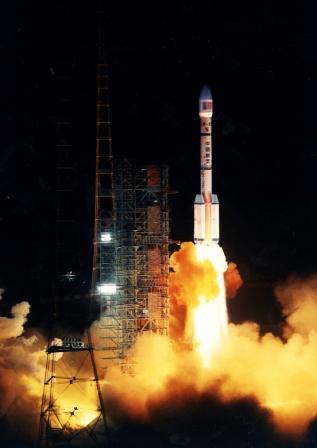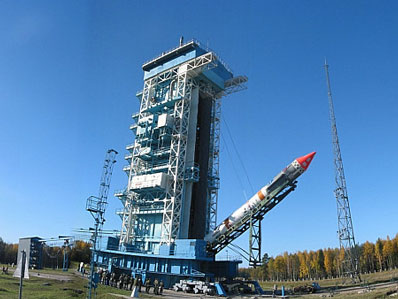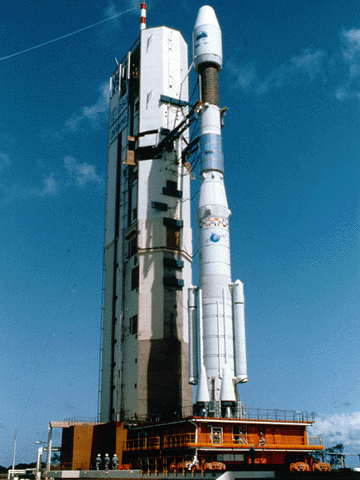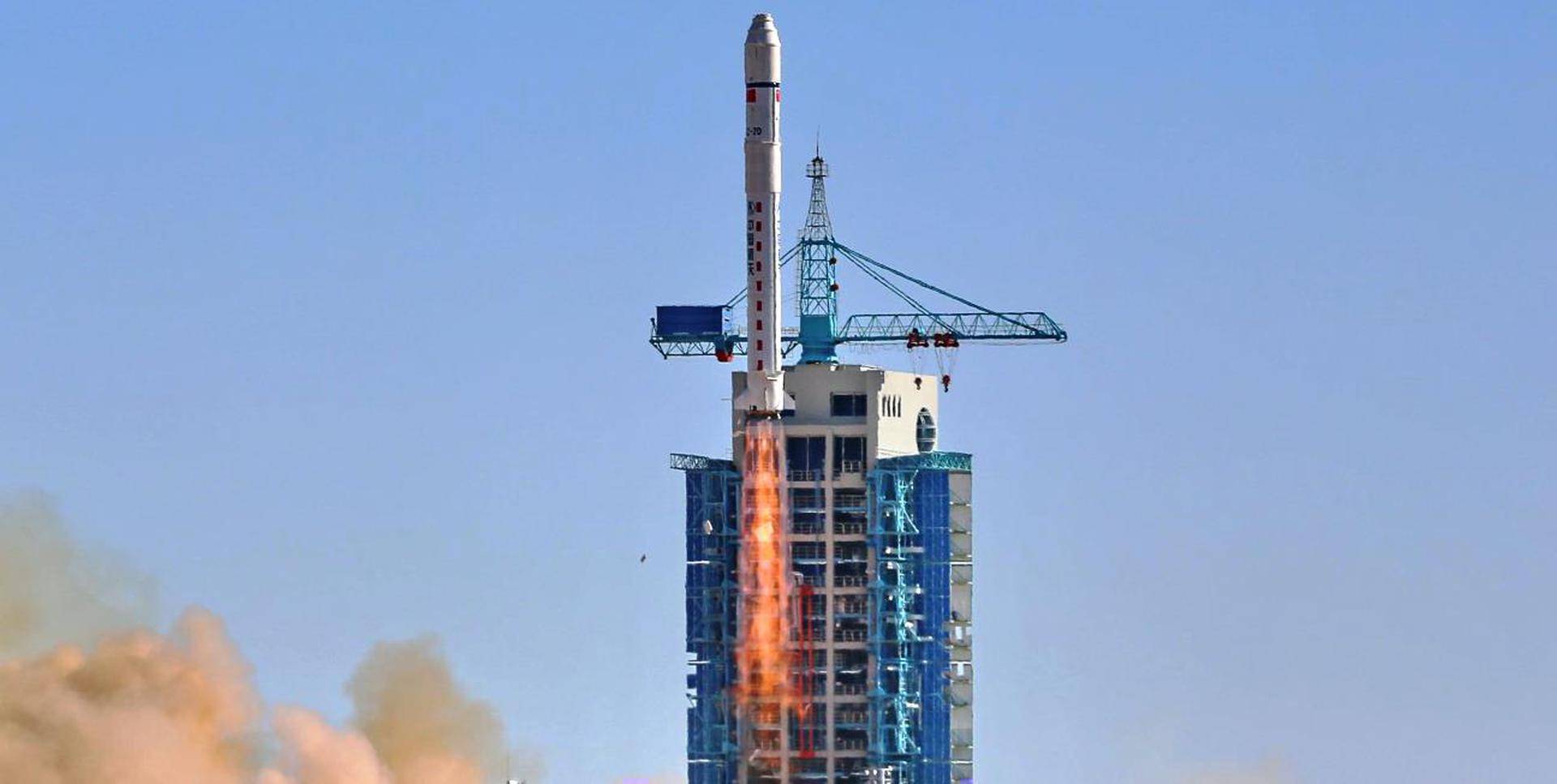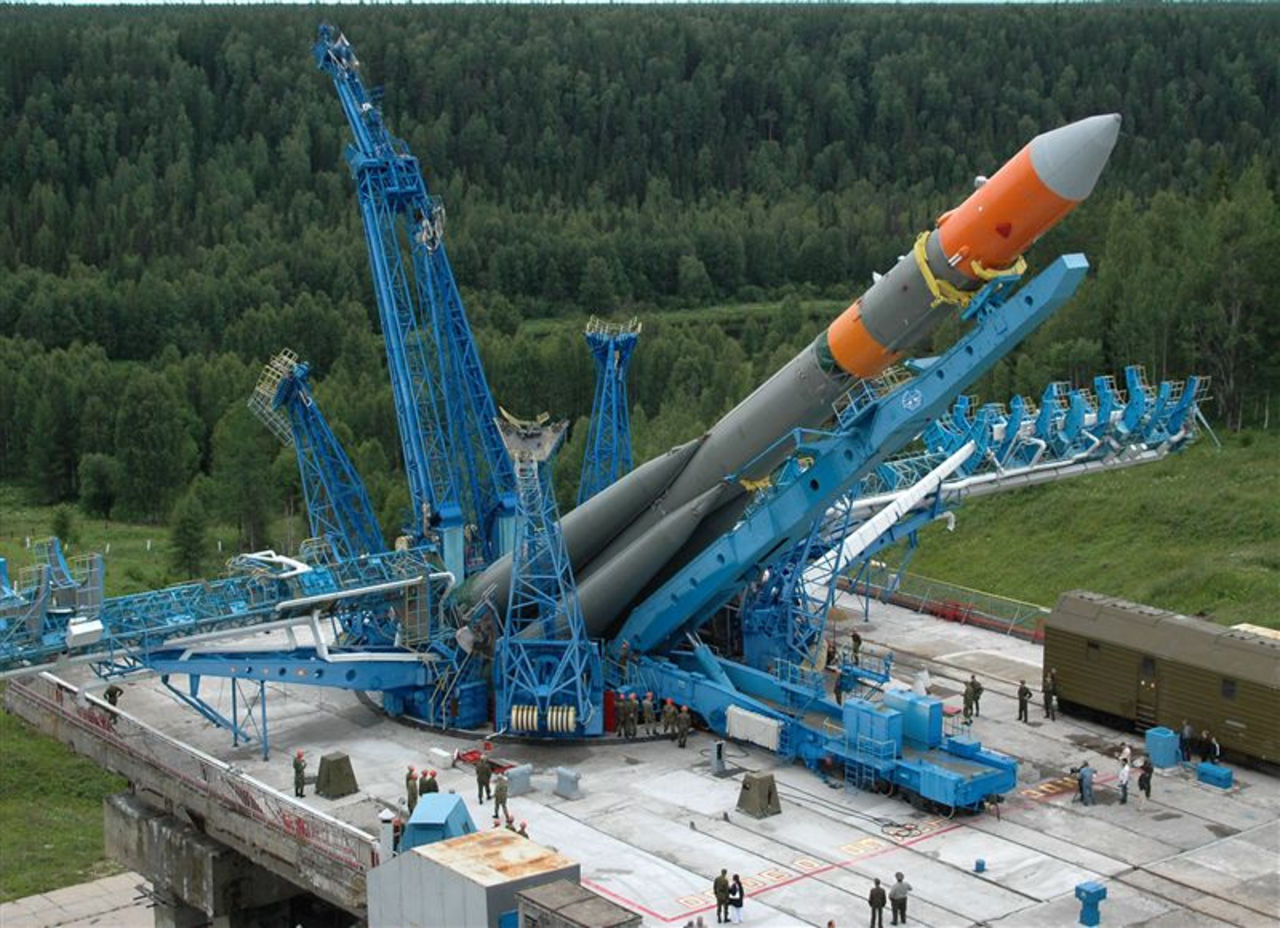Previous Spaceflight Launches
Filter by Agency, Locations or Vehicles
Show All LaunchesSoyuz-U2 | Progress M-14
Soviet Space Program | RussiaBaikonur Cosmodrome, Republic of Kazakhstan
Aug. 15, 1992, 10:18 p.m.
Long March 2E | Optus B1
China Aerospace Science and Technology Corporation | ChinaXichang Satellite Launch Center, People's Republic of China
Aug. 13, 1992, 11 p.m.
Kosmos-3M | Strela-2M 50
Russian Space Forces | RussiaPlesetsk Cosmodrome, Russian Federation
Aug. 12, 1992, 5:44 a.m.
Ariane 42P | Topex-Poseidon, Kitsat 1 & S80/T
Aérospatiale | FranceGuiana Space Centre, French Guiana
Aug. 10, 1992, 11:08 p.m.
Status: Launch Successful
Mission:
The TOPEX/POSEIDON satellite was launched on 10 August 1992 with the objective of "observing and understanding the ocean circulation". A joint project between NASA, the U.S. space agency, and CNES, the French space agency, it carries two radar altimeters and precise orbit determination systems, including the DORIS system. KITSAT-1 (Korean Institute of Technology Satellite) was a collaborative research mission, encompassing the installation of a groundstation in South Korea, participation of Korean engineers in the UoSAT-5 mission, technology transfer and training of students on the MSc courses at Surrey, and the involvement in a engineering and flight microsatellites. The S80/T satellite was built for CNES by Matra Marconi Space using the Surrey Satellite Technology Microbus (Uosat) bus.
Low Earth OrbitLong March 2D | Fanhui Shi Weixing (13)
China Aerospace Science and Technology Corporation | ChinaJiuquan Satellite Launch Center, People's Republic of China
Aug. 9, 1992, 8 a.m.
Molniya-M | Molniya-1T 84
Russian Space Forces | RussiaPlesetsk Cosmodrome, Russian Federation
Aug. 6, 1992, 7:30 p.m.
Space Shuttle Atlantis / OV-104 | STS-46
National Aeronautics and Space Administration | United States of AmericaKennedy Space Center, FL, USA
July 31, 1992, 1:56 p.m.
Soyuz-U-PVB | Zenit-8 100
Progress Rocket Space Center | RussiaPlesetsk Cosmodrome, Russian Federation
July 30, 1992, 11 a.m.
Proton | Uragan 48 to 50
Khrunichev State Research and Production Space Center | RussiaBaikonur Cosmodrome, Republic of Kazakhstan
July 30, 1992, 1:59 a.m.
Soyuz-U2 | Soyuz TM-15
Soviet Space Program | RussiaBaikonur Cosmodrome, Republic of Kazakhstan
July 27, 1992, 6:08 a.m.
Status: Launch Successful
Mission:
Soyuz TM-15 was the 15th mission and the 12th long-duration expedition to Mir space station. The mission began on July 27, 1992, 06:08:42 UTC, launching Commander Anatoly Solovyev, Flight Engineer Sergei Avdeyev and Research Cosmonaut Michel Tognini into orbit. They docked with Mir two days later. During their stay there, cosmonauts performed EVAs, various station repair and maintenance tasks, and carried out scientific experiments in materials research, space technology, astrophysics and earth observation. They were visited by several Progress resupply spacecrafts, and welcomed aboard the Soyuz TM-16 crew. The mission concluded with a safe landing back on Earth on February 1, 1993, 03:49:57 UTC.
Low Earth Orbit
